Quang Ninh 65-year-old male patient, burning sensation in neck, arrhythmia, numbness in mouth and tongue after eating soup containing about three to four Chinese water chestnuts.
The patient was admitted to the emergency room at Bai Chay Hospital on the afternoon of June 29. Doctor Tran Cong Can, Department of Intensive Care and Anti-Poisoning, said the patient was poisoned by water chestnuts, and was treated with activated charcoal, gastric lavage, and intravenous fluids. After 24 hours of treatment, the patient's health was stable.
Chinese yam, also known as aconite, ú tầu, gầu tầu, gầu rung is the root of the aconite plant, often growing wild or cultivated in the northern border areas such as Cao Bang, Ha Giang , Lao Cai. The main toxic component of Chinese yam is aconitine (a substance that numbs the tip of the tongue) and other alkaloids, which can cause death with only a very small amount.
People often use water chestnuts to soak in wine and prepare food, but do not know how to remove the toxins. When poisoned, patients experience symptoms of vomiting, nausea, numbness of the lips, tongue, hands, feet or whole body, chest tightness, difficulty breathing, and arrhythmia. More severe symptoms include convulsions, respiratory failure, even cardiac arrest and death.
Doctors recommend caution when using products containing water chestnuts. Do not prepare water chestnuts as food if you do not know how to remove the toxins. Do not drink water chestnut-infused wine because it can cause poisoning and death. Water chestnut-infused wine used for massage must be clearly labeled, stored carefully, and kept out of reach of children.
When symptoms of poisoning appear, immediately go to the nearest medical facility for treatment. Absolutely do not stay at home to self-monitor or treat with folk remedies.
Minh An
Source link



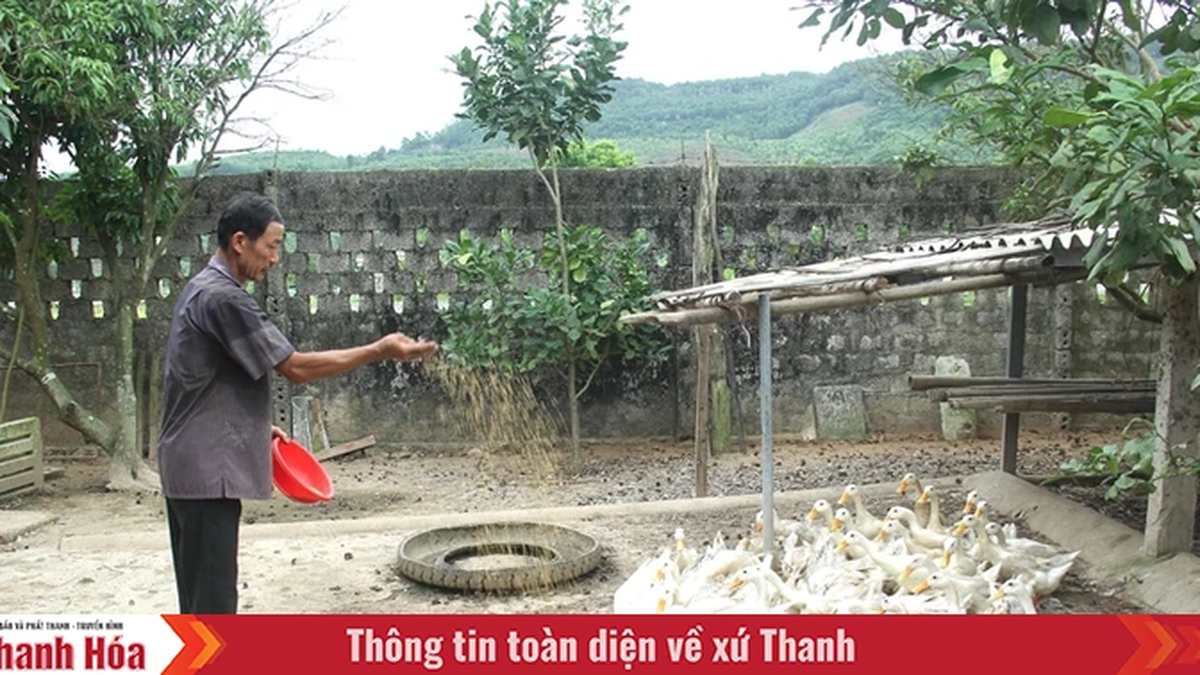



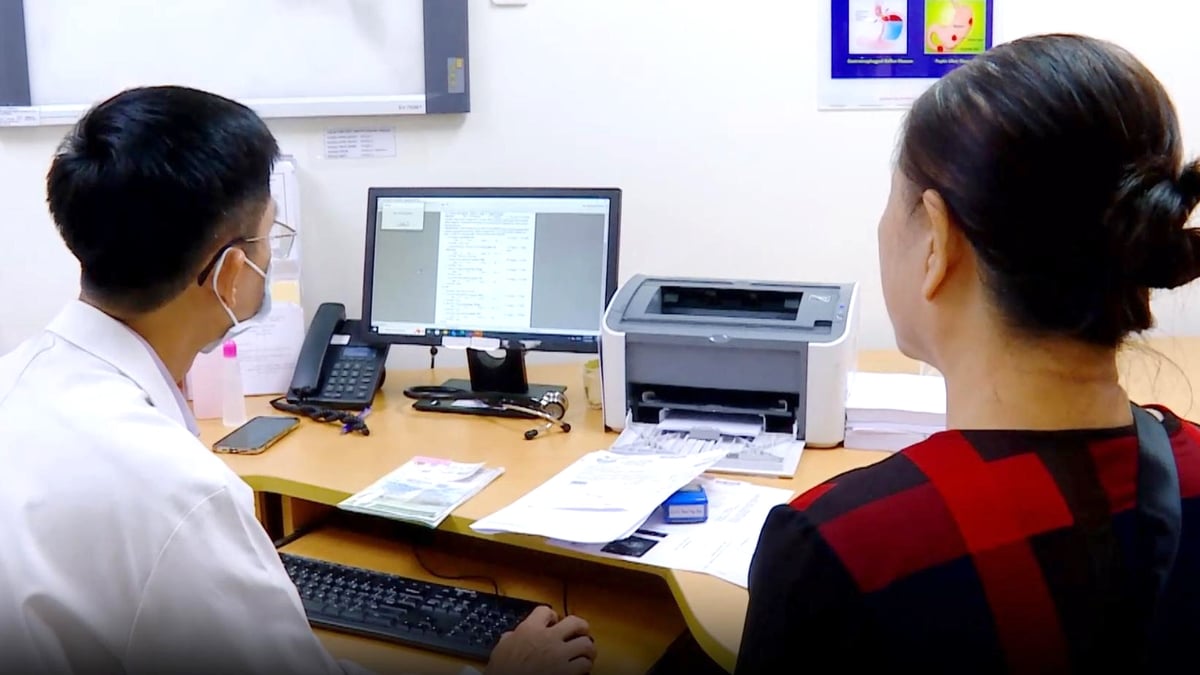



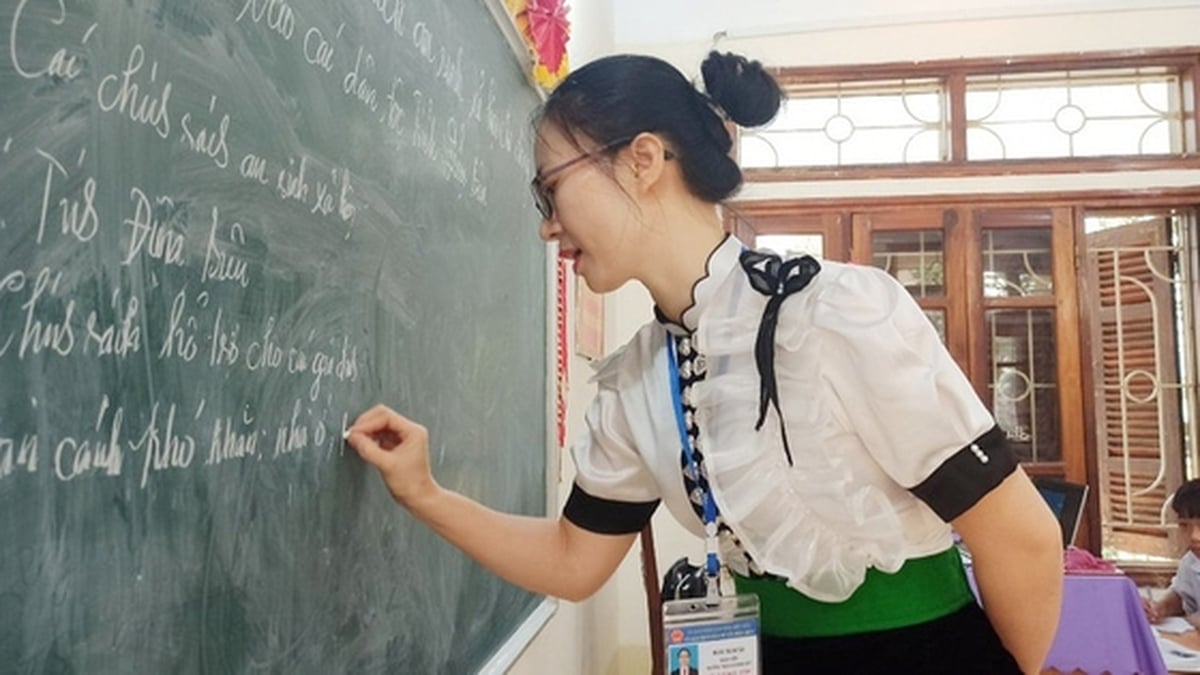












































![[Maritime News] Container shipping faces overcapacity that will last until 2028](https://vphoto.vietnam.vn/thumb/402x226/vietnam/resource/IMAGE/2025/7/30/6d35cbc6b0f643fd97f8aa2e9bc87aea)











































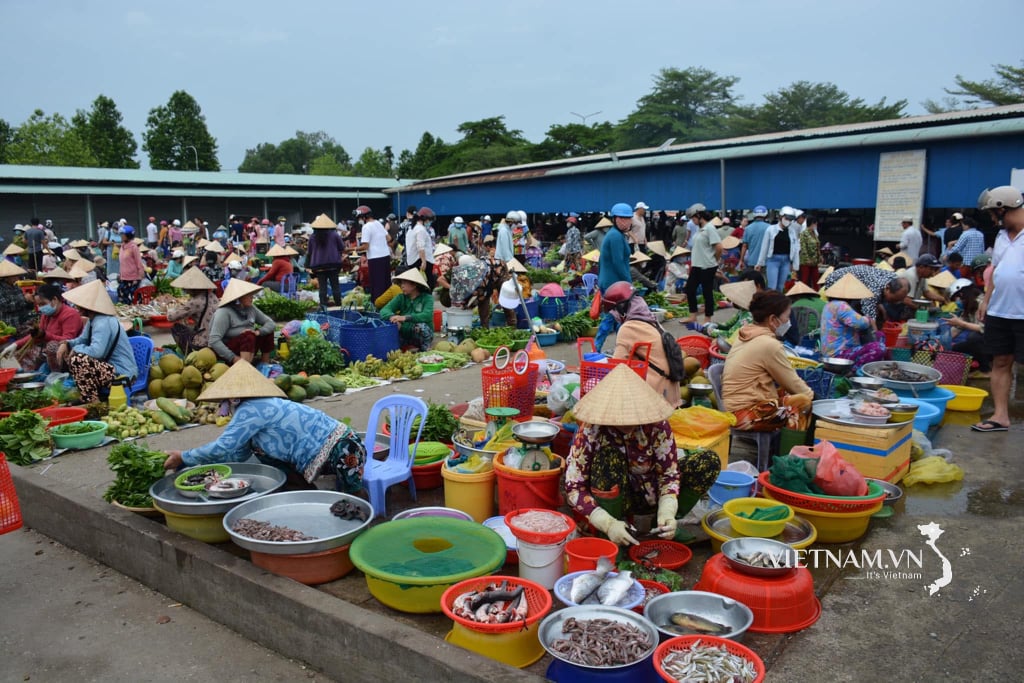
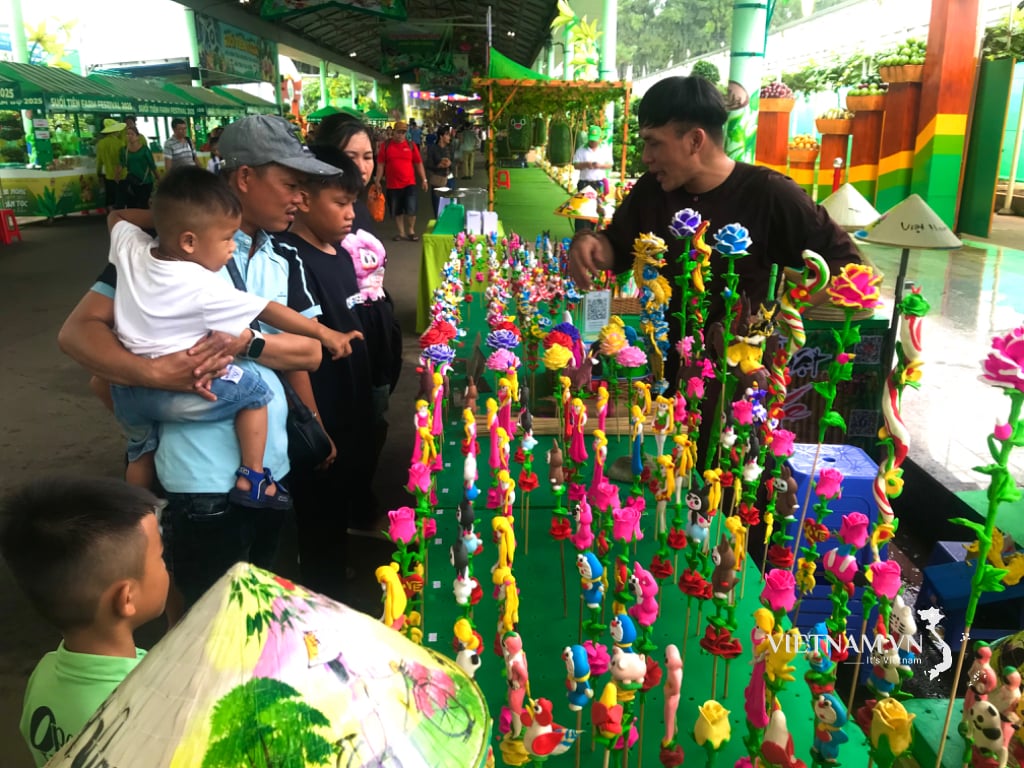
Comment (0)